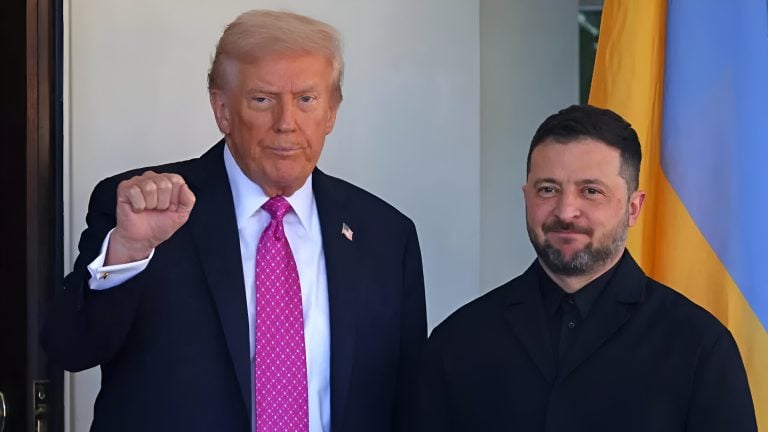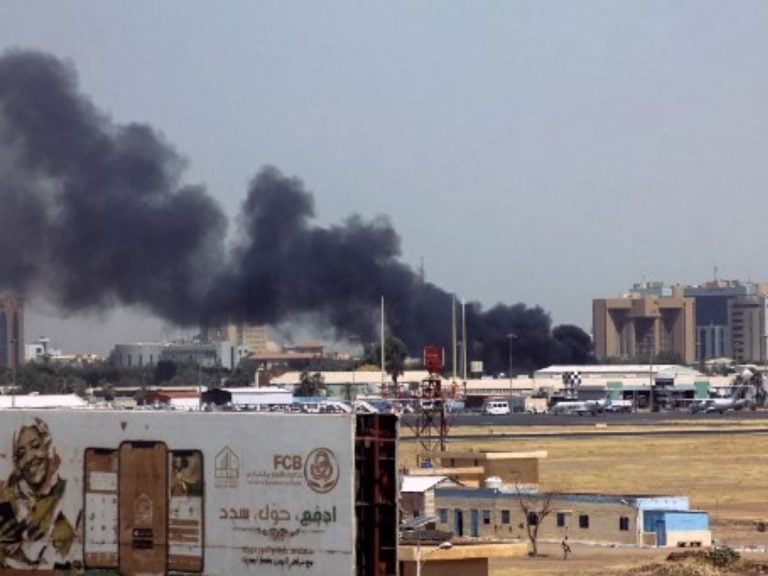Leidos has officially entered the mass production phase of the Indirect Fires Protection Capability Increment 2 (IFPC Inc 2), a ground-based weapon system designed for the U.S. Army. This critical development aims to bolster the Army’s capabilities as part of its Integrated Air and Missile Defense (AIAMD) network, enabling a plug-and-play functionality that is anticipated to enhance operational flexibility.
This announcement follows a substantial $4.1 billion Indefinite Delivery/Indefinite Quantity contract secured by Leidos with the Army’s Missiles & Space Program Executive Office. Initial production will commence at a low-rate capacity, progressing to full-rate production as the program evolves. Under this contract, at least 18 launchers are slated for manufacturing, underscoring the Army’s pressing need for this advanced defense system.
Larry Barisciano, the lead for Land Systems at Leidos, emphasized the significance of this production order, highlighting the increasing demand for capabilities that the IFPC Inc 2 provides. He noted, “With affordable and transformative scalability, we’re driving proactive solutions to protect our warfighters and essential infrastructure worldwide. We’re fiercely committed to delivering this mission-critical system with unmatched speed and precision.”
Deliveries of the IFPC Inc 2 systems are projected to continue until 2029, marking a significant commitment to enhancing the Army’s defensive arsenal. The IFPC Inc 2 is strategically designed to fill the operational void between tactical short-range air defenses and larger strategic systems. This system is specifically engineered to counter threats such as unmanned aerial vehicles (UAVs) and cruise missiles.
The design’s open architecture facilitates the integration of an AIM-9X interceptor, while also allowing for the incorporation of future effectors, thereby ensuring its relevance in evolving combat scenarios. The IFPC Inc 2 systems will play a pivotal role in the U.S. Indo-Pacific Command’s Pacific Deterrence Initiative, which is focused on addressing and mitigating broader strategic threats within the Indo-Pacific region. This initiative represents a significant step in reinforcing the U.S. military’s deterrence capabilities in a critical global hotspot.















